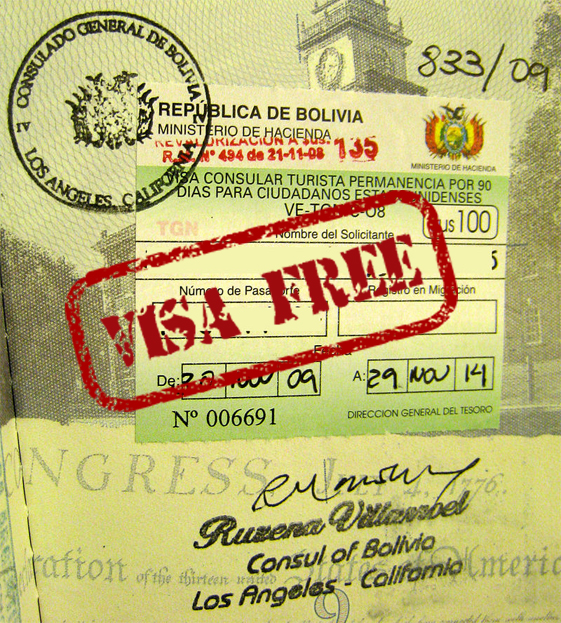GEOGRAPHIC LOCATION
Location and Spatial Extent
Bolivia is located in central South America, between the meridians 57 º 26 ‘and 69 º 38′ longitude west of Greenwich and the parallel 9 ° 38 ‘and 22 º 53′ south latitude, thus covering more than 13 geographic degrees. The land area is 681,120,22 square miles. Bordered with Brazil to the north and east, with Argentina to the south, with Peru to the west, with Paraguay to the southeast and with Chile to the southwest.
Physiography
Bolivia counts three main geographical areas in its territory:
– Andean Zone
It encompasses 28% of the national territory, with an estimated expansion of 190.340 square miles. This zone is located at 9840 feet above sea level between the two great Andean branches: the Cordillera Occidental and Cordillera Oriental or Real mountain ranges that house some of the highest peaks in the Andes.
– Sub-Andean Zone
An intermediate region between the Andean zone and the oriental Lowland Plains. It encompasses 13% of the territory and houses the valleys and the mountain rainforests called yungas at an average altitude of 8,200 feet above sea level. Its characterized by its agricultural activity and its mild climate that ranges between 59º and 77º Fahrenheit.
– Lowland Plains Zone
Covering 59% of the national surface it is located north of the Cordillera Oriental and it extends from the foot of the Andes to the Paraguay River. Its a land of lowlands and plains covered with extensive forests rich in flora and fauna. It registers annual average temperature between 72º and 77º Fahrenheit.
Hydrography
Bolivia, from the hydrographic point of view, has three major basins:
– Amazon Basin;
– Del Plata Basin;
– Closed or Altiplano Basin.
These three basins in turn are made up of 10 sub-basins, 270 major rivers, 184 lakes and lagoons, about 260 small and medium wetlands and 6 salt flats. It also has the Pacific slope, much smaller, but of great economic importance.
Climate
Although all of Bolivia is situated on the Tropic of Capricorn, it has a variety of climates. If Bolivia’s topography was only constituted of low-lying plains, the climate would tend to be uniform. However, in Bolivia the temperature is regulated not only by latitude but also by the altitude above sea level, ie at higher altitudes temperatures drop and at lower altitude it rises. Ascending from sea level air temperature lowers 3.27 degrees Fahrenheit for every 328 feet of added altitude. This explains why there are snow-capped peaks and polar temperatures on the same latitude as lowland plains with warm-tropical climate.
OFFICIAL LANGUAGES
Official languages of the State are: spanish or castillian, aymara, araona, baure, bésiro, canichana, cavineño, cayubaba, chácobo, chimán, ese ejja, guaraní, guarasu’we, guarayu, itonama, leco, machajuyai-kallawaya, machineri, maropa, mojeño-trinitario, mojeño-ignaciano, moré, mosetén, movima, pacawara, puquina, quechua, sirionó, tacana, tapiete, toromona, uru-chipaya, weenhayek, yaminawa, yuki, yuracaré y zamuco.
TOURISM





